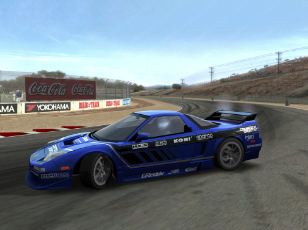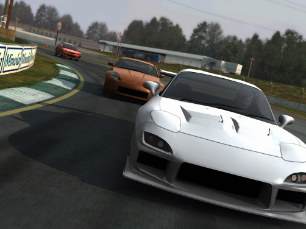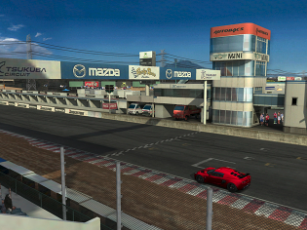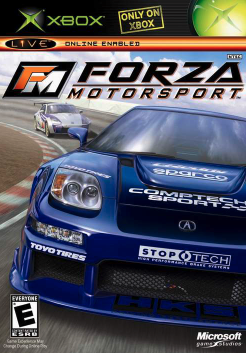As the sixth console generation drew to a close, Microsoft was still looking for ways to best their competition with the original Xbox. While the Xbox had a sizable following in the West, the Japanese market remained all but impenetrable. Meanwhile, Microsoft’s primary competitor, Sony’s PlayStation 2, had a global install base that couldn’t be matched thanks to a massive library of games and the console’s ability to play DVDs.
On the racing front, Gran Turismo still reigned from on high as the premier console racing simulation and Sony’s flagship racing franchise since the original game’s debut in 1997 on the first PlayStation. But in May of 2005, Microsoft and Turn 10 Studios published a game with aspirations to unseat Gran Turismo as racing sim royalty. The game was Forza Motorsport, the game that launched Microsoft’s enduring racing franchise that continues to the modern day.
To best Gran Turismo, Forza Motorsport doubled down on realism. For starters, the game features more than 200 cars from different manufacturers, broken down into classes from standard vehicles in class D all the way to racing prototypes in class R. Each vehicle was painstakingly recreated in the game with as much graphical detail as the Xbox could muster.
But looks aren’t everything, and the true testament to the developers’ attention to detail is the game’s physics. Each car performed like their real life counterparts, with Forza constantly calculating car performance in real time based on data like the drag coefficient. To test the realism, Popular Science magazine put race car driver Gunnar Jeannette behind the real and virtual wheel of identical cars racing identical tracks in the game and real world. Jeannette’s real and virtual times matched closely in the experiment.
Outside of realistic performance and feel, Forza Motorsport introduced realistic damage, allowing players to dial in the severity of the damage to their liking. The “cosmetic” setting would proudly display your vehicle’s dings and scrapes but not impact performance. “Simulation” meant that even a small ding would alter the mathematics determining the way your car controlled. Just like in a real race, you’re better off keeping your tires on the ground and your impact to an absolute minimum.



Further motivation to minimize scratches and dents came from the game’s customization mode that allowed players to overlay up to 100 individual layers of color and design. You could get lost in the customization mode, pimping out each of your rides to match your individual aesthetic.
All of this attention to vehicular detail combined with online multiplayer for up to eight players and dozens of tracks to master resulted in the exact kind of robust racing experience Xbox fans had hoped for while they watched their PlayStation-playing pals gearing up for the next Gran Turismo. In the year since its initial release, Forza has emerged as the Xbox’s premier racing series with numerous games in the Motorsport series and an open-world spin off series starting with 2012’s Forza Horizon on the Xbox 360. The most recent games in the franchise, Forza Motorsport (a reboot of the series) and Forza Horizon 5 released in 2023 and 2021 respectively.
